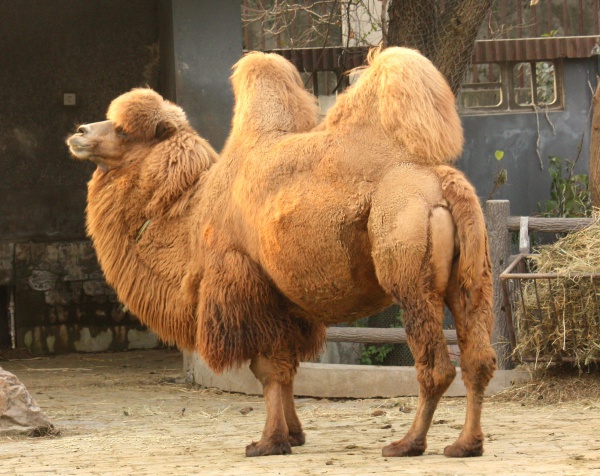Facts About Bactrian camel
The Bactrian camel, a captivating creature native to Central Asia, is easily distinguished by its two prominent humps. These large, even-toed ungulates have served as vital pack animals for centuries, particularly along the historic Silk Road, due to their remarkable ability to endure cold, drought, and high altitudes. It is crucial to distinguish between domesticated Bactrian camels and their wild counterparts, the latter being the only truly wild camel species.
Both domesticated and wild Bactrian camels, along with the dromedary (the one-humped camel), belong to the genus Camelus. The scientific name for the Bactrian camel, Camelus bactrianus, was designated by Carl Linnaeus in 1758. Fascinatingly, a 2007 phylogenetic study revealed that Bactrian camels and dromedaries diverged into separate species approximately two million years ago. Although they can interbreed and produce fertile offspring, there exists a significant genetic divergence of 10.3% between them.
Bactrian camels are the largest of the camel species, easily recognizable by their shaggy coats and two fat-storing humps. These camels are incredibly well-adapted to extreme environments, migrating to source resources and surviving on minimal water. They are herbivores with a diet encompassing a wide range of vegetation, and they have the unique ability to consume snow to stay hydrated. Bactrian camels are induced ovulators, with a gestation period of about 13 months, typically birthing one, sometimes two, calves.
Domesticated Bactrian camels have been invaluable to humans for thousands of years, with evidence of their use dating back before 2500 BC. They've been employed for carrying loads and for riding, and their significance is reflected in various historical artworks. In an interesting historical twist, Bactrian camels were brought to the United States in the 19th century. Although they were eventually released into the wild, leading to small feral populations in the southwestern deserts.
For enthusiasts of documentary films, "The Story of the Weeping Camel" is a poignant Mongolian production about a family of nomadic shepherds contending with a camel calf rejected by its mother. Currently, the global population of Bactrian camels, predominantly domesticated, is estimated to be around two million.

 North Korea
North Korea